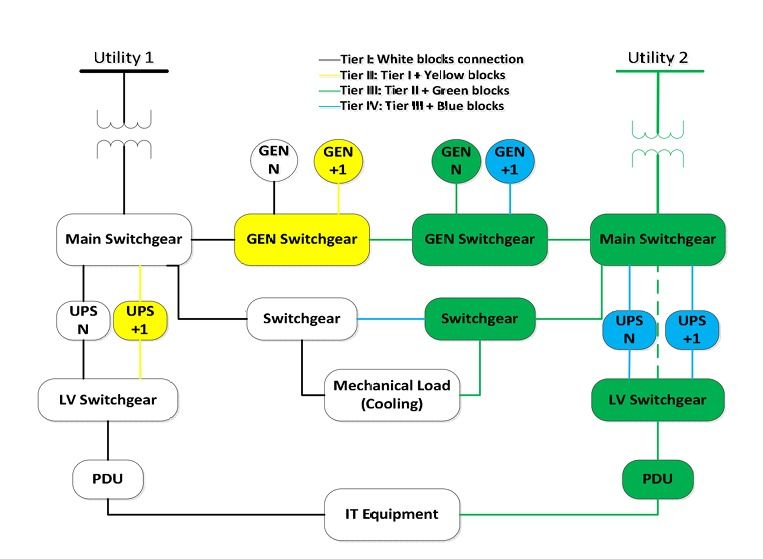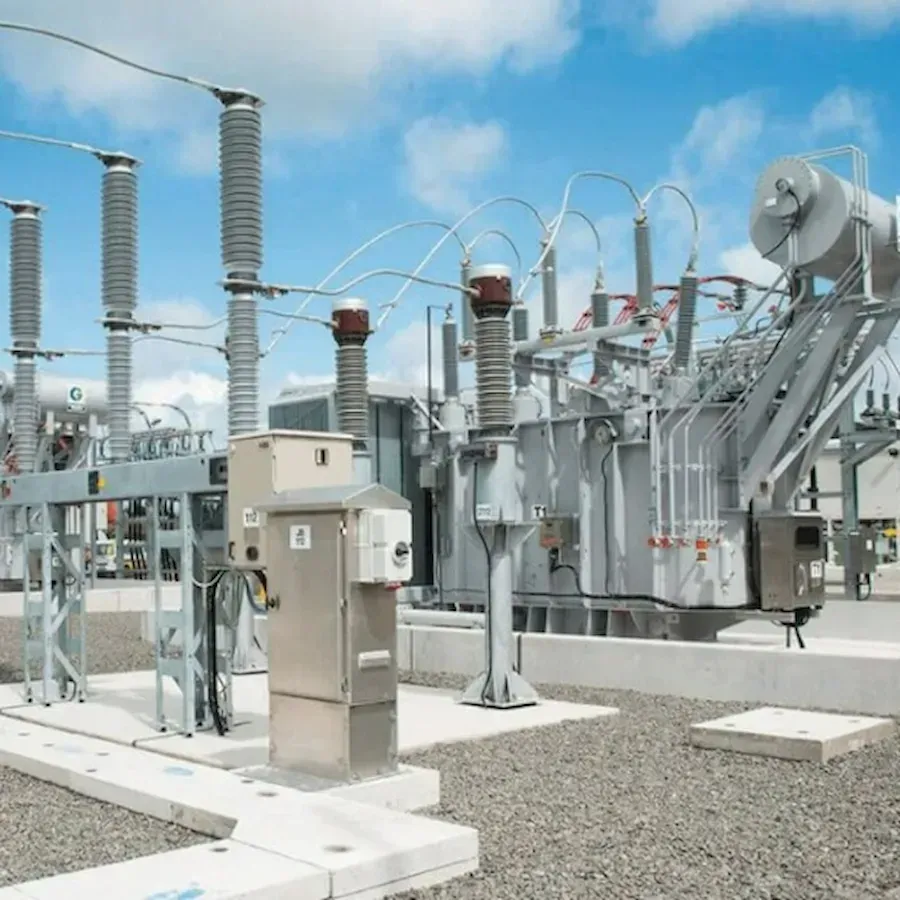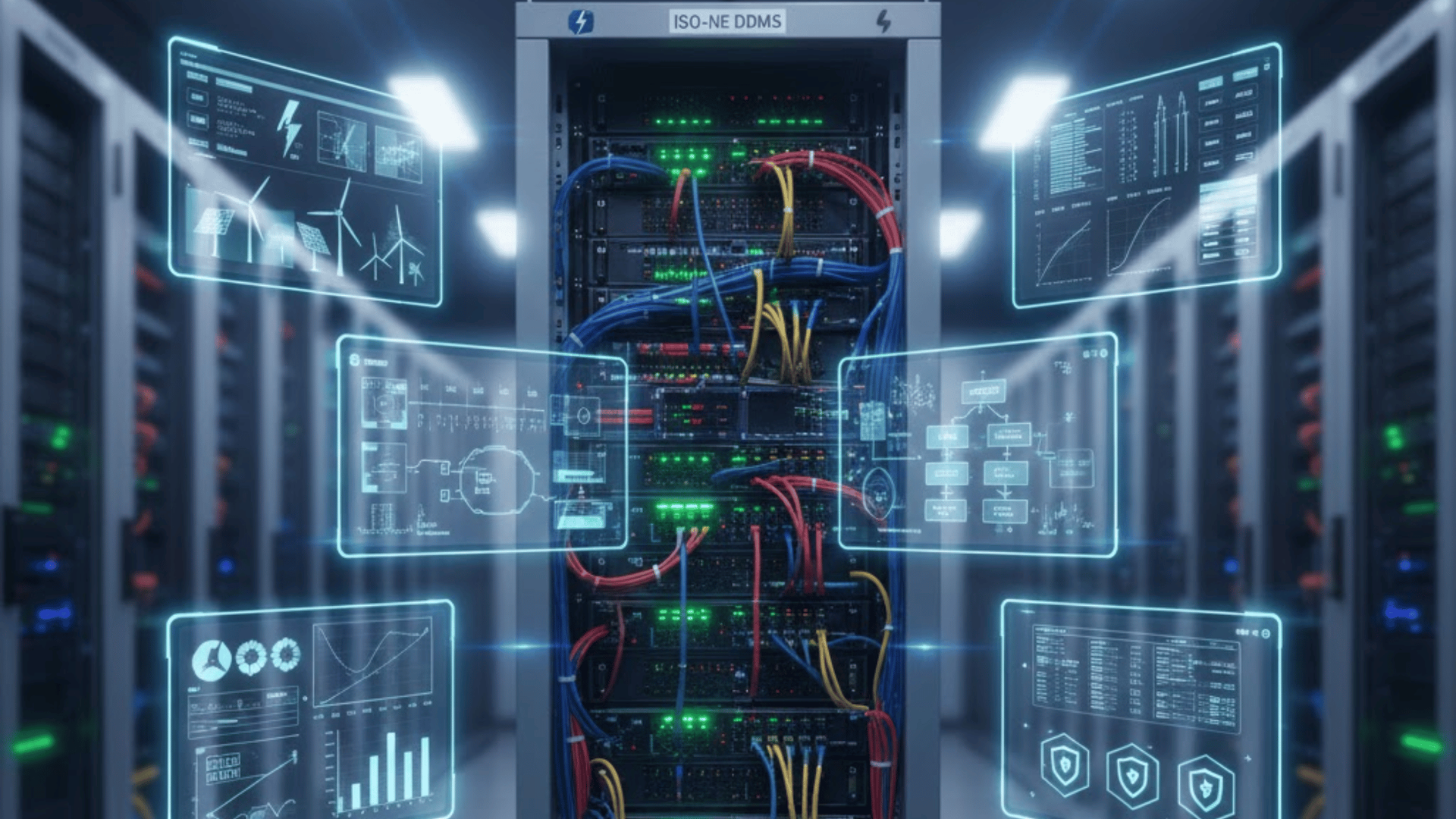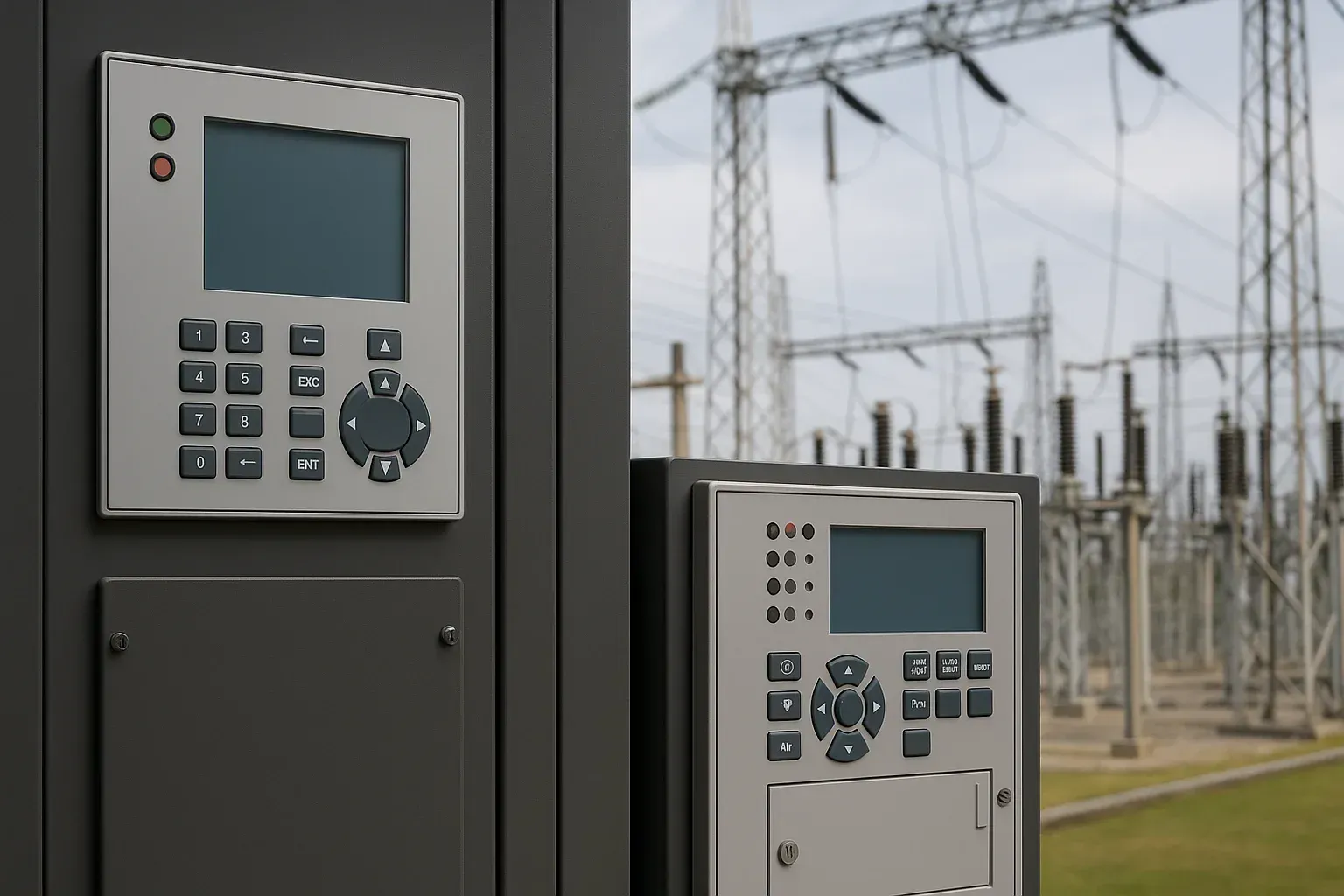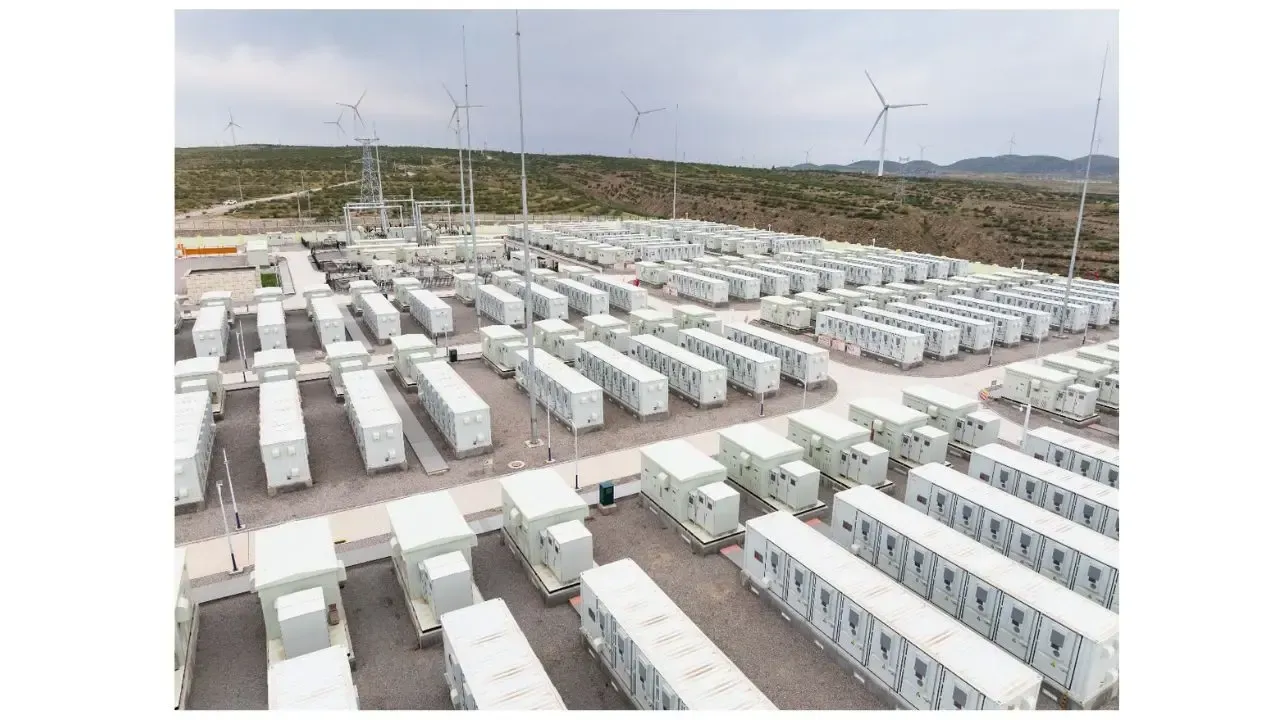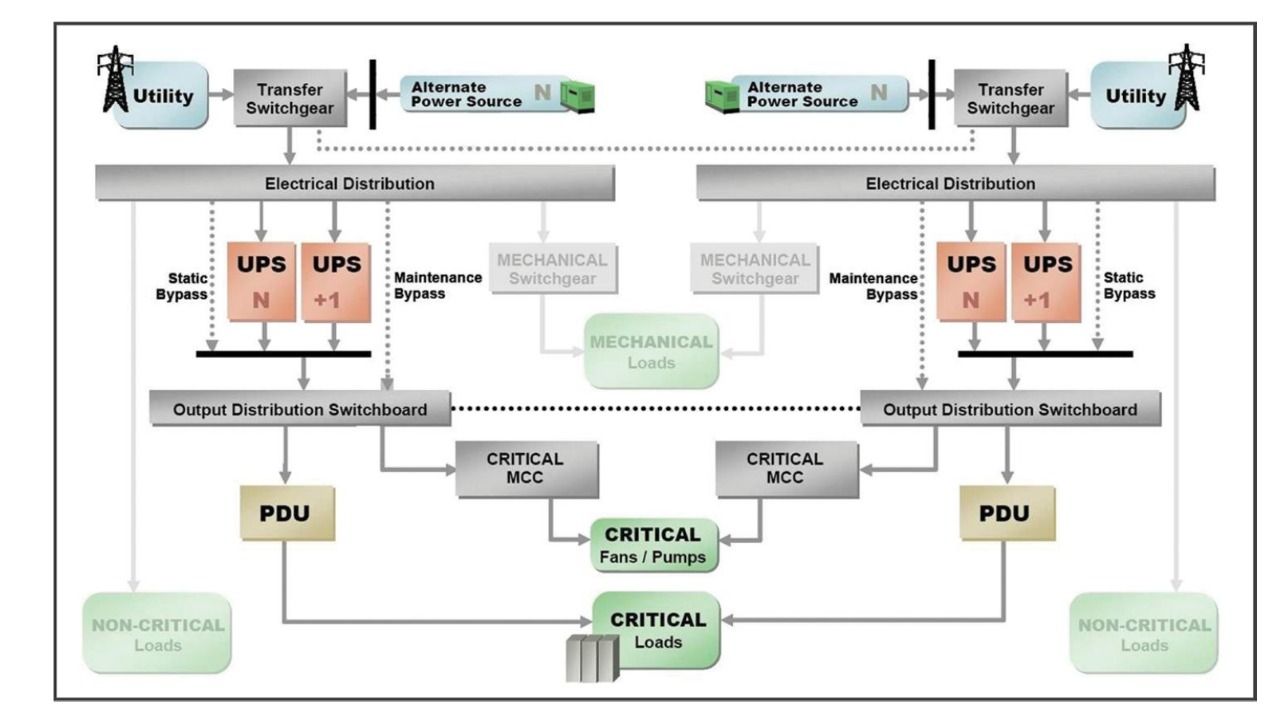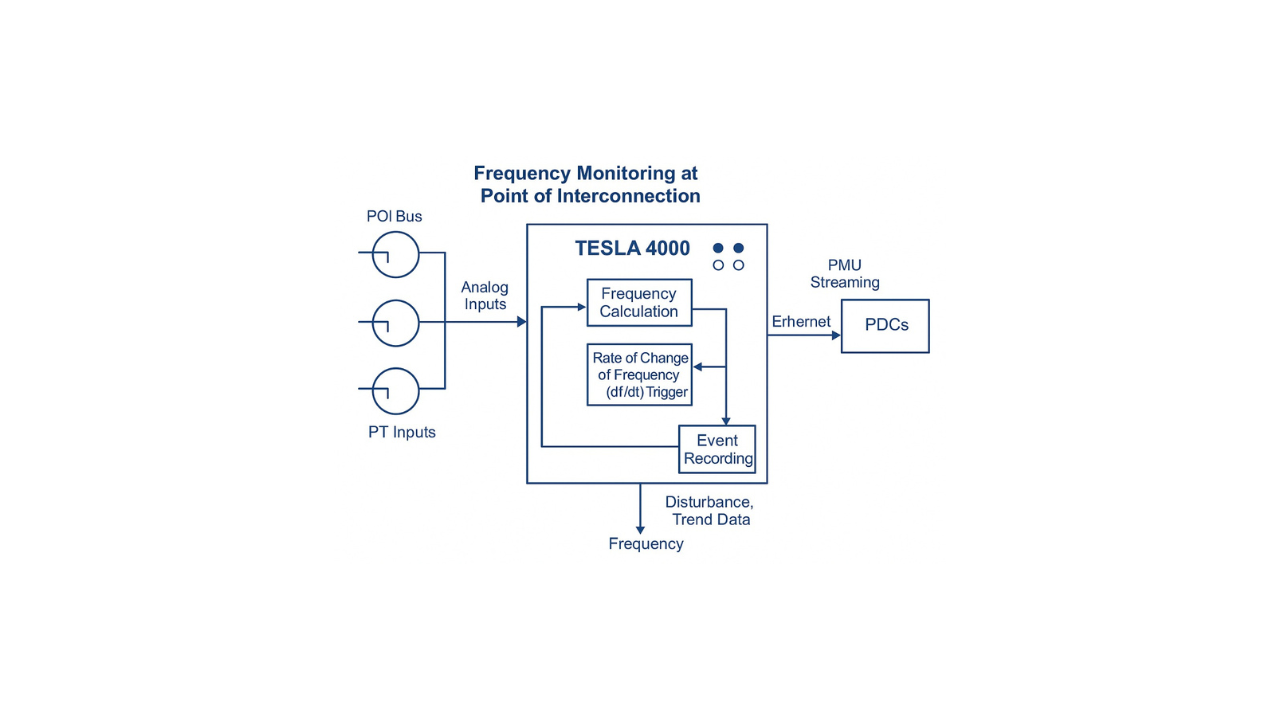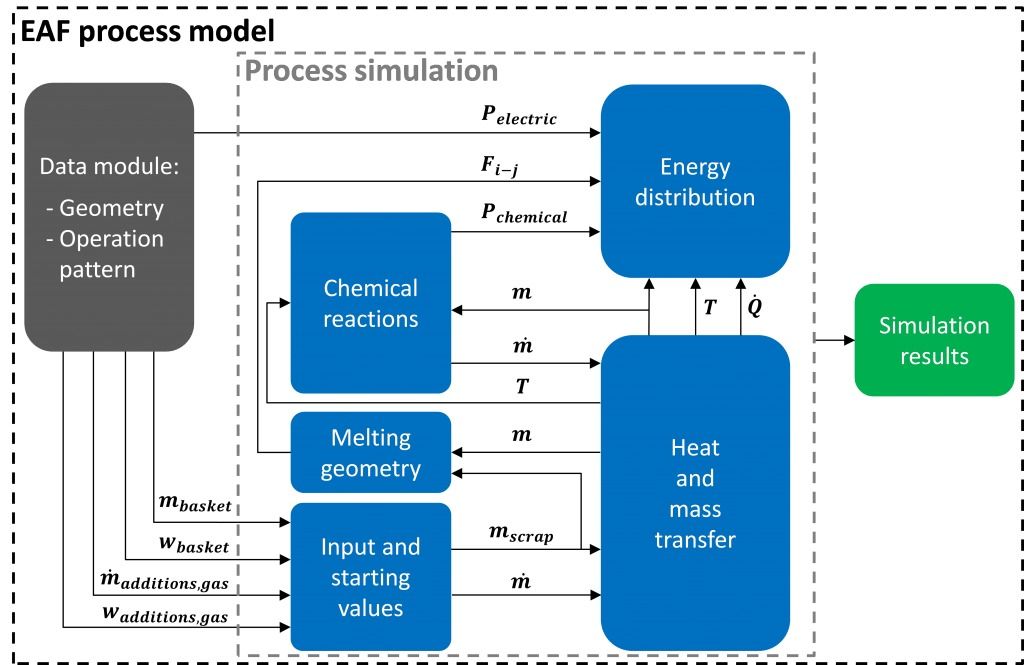A Coordinated Electric System Interconnection Review—the utility’s deep-dive on technical and cost impacts of your project.
Challenge: Frequent false tripping using conventional electromechanical relays
Solution: SEL-487E integration with multi-terminal differential protection and dynamic inrush restraint
Result: 90% reduction in false trips, saving over $250,000 in downtime
Characteristics and Risks of Emerging Large Loads in Modern Power Systems
October 10, 2025 | Blog
Introduction
The electric grid is facing an unprecedented shift as emerging large loads (ELLs)—such as data centers, crypto-mining facilities, electric vehicle (EV) fast-charging hubs, and green hydrogen production plants—rapidly proliferate across North America. Unlike traditional industrial or commercial loads, these new power consumers introduce complex operational characteristics, significant load variability, and unique interconnection risks that challenge conventional planning and reliability frameworks.
This white paper examines the technical characteristics, grid reliability impacts, and risk mitigation strategies associated with ELLs, providing utilities, transmission operators, and engineering firms such as Keentel Engineering with a roadmap for proactive system planning and interconnection analysis.
1. Defining Emerging Large Loads (ELLs)
ELLs are new or rapidly expanding power-consuming entities characterized by:
- High demand density: Typically above 10 MW, with some exceeding 100 MW per site.
- Concentrated geographic footprint: Often co-located in clusters near transmission nodes.
- Fast deployment timelines: Many ELLs demand grid connection within 12–24 months.
- Unique operational behaviors: Including high ramp rates, continuous operation cycles, and variable power factor conditions.
1.1 Types of Emerging Large Loads
- Data Centers: Driven by AI, cloud computing, and digital transformation, hyperscale data centers can consume between 50–500 MW per facility.
- Crypto-Mining Operations: Characterized by volatile power use and rapid shutdown capabilities tied to market prices.
- EV Fast-Charging Hubs: Introduce pulse-like load patterns with steep power ramps.
- Green Hydrogen Plants: Utilize electrolyzers with fluctuating demand based on renewable energy availability.
- Battery Manufacturing & Gigafactories: Feature mixed dynamic profiles with industrial and process-based load components.
3. Key Risks Posed by Emerging Large Loads
3.1 Grid Stability Challenges
- Voltage instability arises due to reactive power imbalances during fast ramp-up or shutdown events.
- Frequency excursions occur from uncoordinated large load tripping, which can mimic generation loss events.
- Dynamic interactions between load-side controls and inverter-based resources can lead to resonance conditions.
3.2 Transmission and Distribution Constraints
Existing T&D infrastructure may not accommodate the sudden appearance of 50–100 MW blocks of demand. Common issues include:
- Overloaded transformers or lines
- Thermal violations
- Need for reconductoring or reactive compensation equipment
3.3 Reliability and Planning Risks
Uncertainty in load timing, size, and persistence complicates long-term resource adequacy and transmission planning. Traditional Integrated Resource Plans (IRPs) and Load Duration Curves (LDCs) may no longer capture ELL variability.
3.4 Operational Risks
Grid operators may face uncoordinated shedding, voltage collapse, and frequency nadirs if large loads disconnect during system stress events.
4. Case Studies of Emerging Large Load Impacts
4.1 Data Center Integration
Keentel Engineering evaluated grid impacts for a high-density data center cluster exceeding 100 MW. The study identified voltage depression and reactive swings from UPS operations. Mitigation involved SVC/STATCOM installation and improved voltage control strategies.
4.2 Crypto-Mining Facility
For a 75 MW blockchain operation, Keentel assessed load volatility and voltage flicker due to rapid price-based ramping. Solutions included energy storage integration, load smoothing, and coordination with the balancing authority.
4.3 EV Fast-Charging Network
Keentel analyzed peak load conditions for multiple EV fast-charging hubs. Rapid load ramps caused transformer stress and voltage dips. Recommendations included feeder reinforcement, on-site storage, and smart charging controls
5. Modeling and Planning Considerations
5.1 Load Forecasting Enhancements
Traditional forecasting models assume steady growth; however, ELLs require probabilistic and scenario-based forecasting using inputs such as:
- Land-use permits
- Data center and crypto market forecasts
- Supply chain timelines for hydrogen and EV infrastructure
5.2 Dynamic Load Modeling
Standard static ZIP load models fail to capture ELL dynamics. Utilities must adopt voltage- and frequency-dependent dynamic load models, incorporating:
- Motor and electronic components
- Power-electronic converter behavior
- Ride-through capabilities during transients
5.3 Power Quality and Harmonic Studies
ELL interconnections often require detailed harmonic analysis per IEEE 519 and IEC 61000 to ensure compliance and avoid distortion propagation.
5.4 Infrastructure Upgrades and Mitigation
Common mitigation measures include:
- Installation of STATCOMs or SVCs for dynamic VAR support
- Deployment of energy storage systems for load smoothing
- Network reconfiguration or substation upgrades
- Implementation of demand response (DR) or curtailable contracts
6. Interconnection and Compliance Challenges
6.1 NERC and FERC Considerations
Although ELLs are not generation assets, their size and operational impact can trigger compliance requirements related to:
- TPL-001-5 (Transmission Planning)
- PRC-005 (Protection System Maintenance)
- MOD-032/033 (Modeling Data Submissions)
Keentel Engineering supports utilities in developing interconnection studies, TPL compliance documentation, and steady-state/dynamic models for large customer loads.
6.2 Utility Interconnection Studies
Key study requirements typically include:
- Load flow and short-circuit analysis
- Voltage stability assessment
- Dynamic (transient) stability simulations
- Power quality and harmonic analysis
- Protection coordination review
See more about Dynamic Load Modeling and Simulation Support
7. Risk Mitigation Framework for Utilities and ISOs
7.1 Early Engagement and Data Transparency
Utilities must proactively engage with prospective ELL customers early in the development process. Sharing accurate data on site selection, timelines, and power demand allows for better system impact assessments.
7.2 Demand Flexibility and Control
Incorporating demand-side management (DSM), such as flexible operation windows and real-time curtailment agreements, helps grid operators manage load volatility.
7.3 Enhanced Grid Monitoring and Digital Twins
Using PMUs, smart meters, and grid digital twins, utilities can monitor real-time grid performance and simulate ELL behaviors under contingency conditions.
7.4 Policy and Tariff Reforms
Regulators may consider revising demand charges, standby rates, and interconnection rules to align ELL development with grid stability objectives.
8. The Role of Keentel Engineering
Keentel Engineering provides a comprehensive suite of services to address the challenges and opportunities associated with ELL integration:
- Dynamic and steady-state modeling (PSSE, PSCAD, TSAT, PowerFactory)
- Substation and transmission design for high-demand customers
- Grid impact and stability assessments
- Compliance documentation for NERC/FERC standards
- Power quality analysis and harmonic mitigation strategies
By combining advanced simulation tools with field-proven engineering design expertise, Keentel enables clients to de-risk interconnections, accelerate approvals, and ensure compliance with evolving reliability requirements.
Learn more about
Utility Interconnection and Compliance Support
9. Future Outlook
As AI-driven data centers, gigafactories, and EV infrastructure continue to expand, the electricity system will transition from a predictable demand environment to one defined by load-driven volatility. The future will require:
- Adaptive grid architectures
- Dynamic load participation in ancillary services
- Integration of distributed energy resources (DERs)
- AI-assisted system operations and forecasting
In this new paradigm, collaboration among utilities, regulators, and engineering partners like Keentel Engineering will be essential for ensuring resilient, flexible, and sustainable power systems.
Frequently Asked Questions – Modern Power Systems
1. What qualifies as an Emerging Large Load (ELL)?
An ELL is typically a single-site load exceeding 10 MW, characterized by fast growth, unique operational behavior, and potential system-level impacts.
2. How do ELLs differ from traditional industrial loads?
Traditional industrial loads operate with predictable cycles, while ELLs have volatile, high-ramp, or 24/7 operation patterns, creating unique grid challenges.
3. Why are ELLs important to power system planners?
They significantly influence resource adequacy, transmission planning, and voltage stability, necessitating new modeling and control strategies.
4. What risks do ELLs pose to the grid?
ELLs can cause voltage instability, frequency disturbances, harmonic distortion, and thermal overloading on nearby network assets.
5. How can utilities forecast ELL growth?
By using probabilistic, scenario-based forecasting incorporating market trends, local permits, and technology adoption rates.
6. Which NERC standards are relevant for ELL interconnections?
Key standards include TPL-001-5, MOD-032/033, and PRC-005, focusing on planning, modeling, and protection maintenance.
7. Do ELLs affect renewable integration?
Yes. Their fast ramping and reactive power needs can complicate renewable resource dispatch and inverter-based resource coordination.
8. How do data centers impact grid stability?
Data centers’ uninterruptible power systems (UPS) can introduce harmonics and reactive swings, influencing voltage regulation.
9. What planning tools are used for ELL studies?
Common tools include PSSE, TSAT, PSCAD/EMTDC, and DigSILENT PowerFactory for steady-state and dynamic simulations.
10. How can harmonic issues be mitigated?
Through harmonic filters, STATCOMs, and power factor correction banks, per IEEE 519 standards.
11. What is the typical interconnection voltage for ELLs?
Generally between 69 kV and 345 kV, depending on site demand and proximity to bulk transmission.
12. Can ELLs participate in demand response?
Yes. Flexible ELLs, such as crypto facilities or hydrogen plants, can curtail or shift load during system stress events.
13. What is the role of digital twins in ELL analysis?
They allow utilities to simulate and monitor ELL impacts in real time for enhanced reliability and predictive maintenance.
14. How do hydrogen plants affect the grid?
Electrolyzers cause high, variable demand tied to renewable generation cycles, challenging voltage and frequency control.
15. Are new tariffs being developed for ELLs?
Yes. Many utilities and regulators are revising tariffs to reflect time-of-use pricing and standby rates for ELL customers.
16. How can ELL integration support decarbonization?
By aligning ELL operations with renewable availability and participating in grid flexibility markets.
17. What is the best practice for ELL interconnection studies?
Performing comprehensive steady-state, short-circuit, and dynamic analyses early in project development.
18. What engineering expertise is required for ELL projects?
Knowledge in substation design, power quality, dynamic modeling, and regulatory compliance is critical.
19. How can Keentel Engineering assist with ELL projects?
Keentel offers turnkey technical studies, interconnection packages, and NERC-compliant modeling to accelerate approvals.
20. What is the long-term outlook for ELL-driven grid transformation?
ELLs will drive more distributed, data-driven, and flexible grid operations, reshaping how utilities plan and operate the power system.
21. What communication protocols are required?
Standard protocols such as IEC 61850 and DNP3, with cybersecurity considerations.
22. What data must IBRs report?
Real-time telemetry, control status, alarms, and performance metrics.
23. How does IEEE 2800 address cyber threats?
By requiring secure communication channels and authentication protocols.
24. Do IBRs need to participate in system restoration?
Yes, they must support black-start and system recovery operations where applicable.
25. What is the long-term significance of IEEE 2800?
It creates a uniform technical foundation for high renewable penetration, ensuring grid reliability

About the Author:
Sonny Patel P.E. EC
IEEE Senior Member
In 1995, Sandip (Sonny) R. Patel earned his Electrical Engineering degree from the University of Illinois, specializing in Electrical Engineering . But degrees don’t build legacies—action does. For three decades, he’s been shaping the future of engineering, not just as a licensed Professional Engineer across multiple states (Florida, California, New York, West Virginia, and Minnesota), but as a doer. A builder. A leader. Not just an engineer. A Licensed Electrical Contractor in Florida with an Unlimited EC license. Not just an executive. The founder and CEO of KEENTEL LLC—where expertise meets execution. Three decades. Multiple states. Endless impact.
Services

Let's Discuss Your Project
Let's book a call to discuss your electrical engineering project that we can help you with.

About the Author:
Sonny Patel P.E. EC
IEEE Senior Member
In 1995, Sandip (Sonny) R. Patel earned his Electrical Engineering degree from the University of Illinois, specializing in Electrical Engineering . But degrees don’t build legacies—action does. For three decades, he’s been shaping the future of engineering, not just as a licensed Professional Engineer across multiple states (Florida, California, New York, West Virginia, and Minnesota), but as a doer. A builder. A leader. Not just an engineer. A Licensed Electrical Contractor in Florida with an Unlimited EC license. Not just an executive. The founder and CEO of KEENTEL LLC—where expertise meets execution. Three decades. Multiple states. Endless impact.
Leave a Comment
We will get back to you as soon as possible.
Please try again later.
Related Posts


